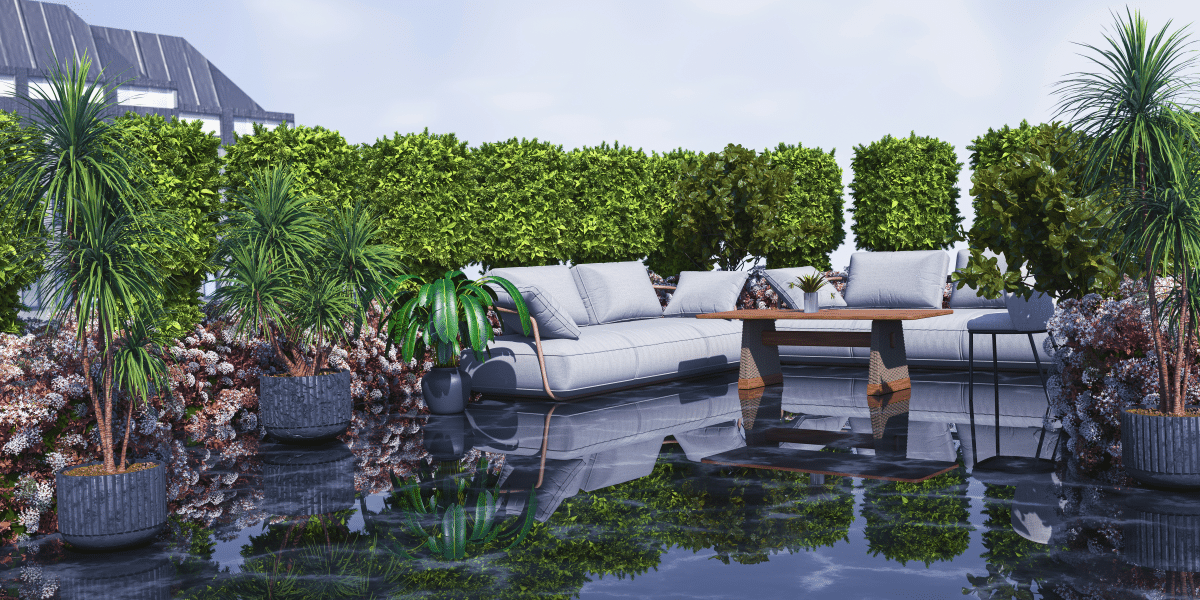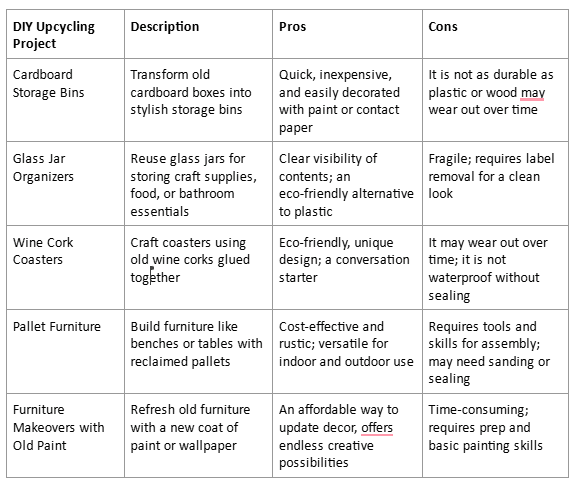Many homeowners are transforming their backyards into eco-friendly spaces in response to growing environmental awareness. These innovative projects promote sustainability, conserve resources, and enhance biodiversity. Homeowners can create harmonious ecosystems by integrating these solutions while contributing to environmental preservation.
Illuminate Your Backyard with Solar-Powered Lighting
One of the simplest and most impactful ways to make your backyard eco-friendly is by using solar-powered lighting VP Panels. This sustainable energy solution reduces your electricity bills and decreases your reliance on fossil fuels.
Key Benefits of Solar Lighting:
- Cuts energy costs by generating clean electricity.
- Powers outdoor features like lights, water pumps, or even EV chargers.
- Requires minimal maintenance and offers long-lasting efficiency.
Installing solar-powered lighting makes your home energy-efficient while reducing its carbon footprint. It’s a practical step toward sustainable living without compromising comfort or aesthetics.
Support Pollinators with Honey Bee Packages
Creating a pollinator-friendly backyard is another effective way to promote biodiversity. Introducing honey bee packages can transform your outdoor space into a haven for these vital pollinators while enhancing your garden’s productivity.
Advantages of Honey Bee Integration:
- Improves pollination for fruits, vegetables, and flowers.
- Supports local ecosystems and strengthens pollinator populations.
- Provides raw, homegrown honey—a sustainable food source.
- Educates families about the importance of biodiversity.
By hosting honey bees, you actively contribute to environmental health while enjoying the sweet rewards of your efforts.
Manage Stormwater with a Rain Garden
Rain gardens are eco-friendly landscaping features that help manage stormwater runoff while beautifying your backyard. These gardens are designed to capture, filter, and recharge groundwater, mitigating flooding and pollution.
Why Choose a Rain Garden?
- Stormwater Management: Reduces runoff and prevents flooding.
- Water Quality Improvement: Filters pollutants before reaching streams or rivers.
- Ecosystem Support: Provides habitats for birds, butterflies, and insects.
- Aesthetic Value: Adds colorful, native plants to your property.
Design Tips for Your Rain Garden:
- Site Selection: Place at least 10 feet away from buildings in natural runoff areas.
- Size and Shape: Shape it like a teardrop or kidney bean and size it to handle about 10% of the runoff area.
- Plant Selection: Use native species like Blue Flag Iris or Swamp Milkweed for water filtration and wildlife support.
Native plants ensure your rain garden thrives while supporting local biodiversity. Below are some ideal options for rain gardens:
Incorporating a rain garden provides a sustainable solution to water management while adding beauty to your backyard.
Build a Natural Clay Oven

A composting station is an essential tool for eco-conscious homeowners wanting to manage organic waste sustainably while producing nutrient-rich compost for gardening. Setting up a composting station reduces landfill waste, supports environmental health, and creates valuable soil nutrients in your backyard.
The result is a nutrient-rich, crumbly substance that enhances soil quality and promotes plant growth.
Key Benefits
- Waste Reduction: Diverts organic waste from landfills, cutting methane emissions.
- Soil Enrichment: Boosts essential nutrients and improves soil health.
- Environmental Impact: Recycles nutrients, reduces pollution, and protects waterways.
- Cost Savings: Cuts the need for chemical fertilizers.
How to Set Up
You’ll need a compost bin (store-bought or DIY), carbon materials (dry leaves, cardboard), nitrogen materials (kitchen scraps, grass clippings), and essential tools like a shovel.
Choose a dry, shady location and layer materials (browns and greens) in your bin. Turn the pile regularly for faster decomposition.
Finished Compost Indicators
- Dark, crumbly texture
- No recognizable food or yard waste
- Earthy smell
Creating a composting station enriches your garden and reduces environmental impact, a rewarding step in sustainable gardening for any homeowner.
Creative DIY Upcycling Projects
Creating DIY projects from upcycled materials is an excellent way to minimize waste while adding unique, functional pieces to your home. Upcycling involves giving discarded items a new purpose, encouraging sustainability and creativity.
Below, we explore some popular DIY upcycling projects to inspire you to repurpose everyday throwaways.
These DIY upcycling projects help reduce landfill waste and stimulate creativity and resourcefulness. Start Transforming Your Backyard Today
Creating an eco-friendly backyard is more than just a trend; it’s a meaningful way to contribute to environmental preservation. You can enjoy a sustainable and beautiful outdoor space by integrating solar-powered lighting, supporting pollinators, managing stormwater with a rain garden, or adding a clay oven.
Ready to take the next step? Explore resources, gather materials, and start your journey toward a greener backyard today. Visit [insert your website or source here] for more inspiration and tips on bringing these projects to life. Together, we can make a lasting impact on the environment—starting right at home.
Published by: Martin De Juan





















